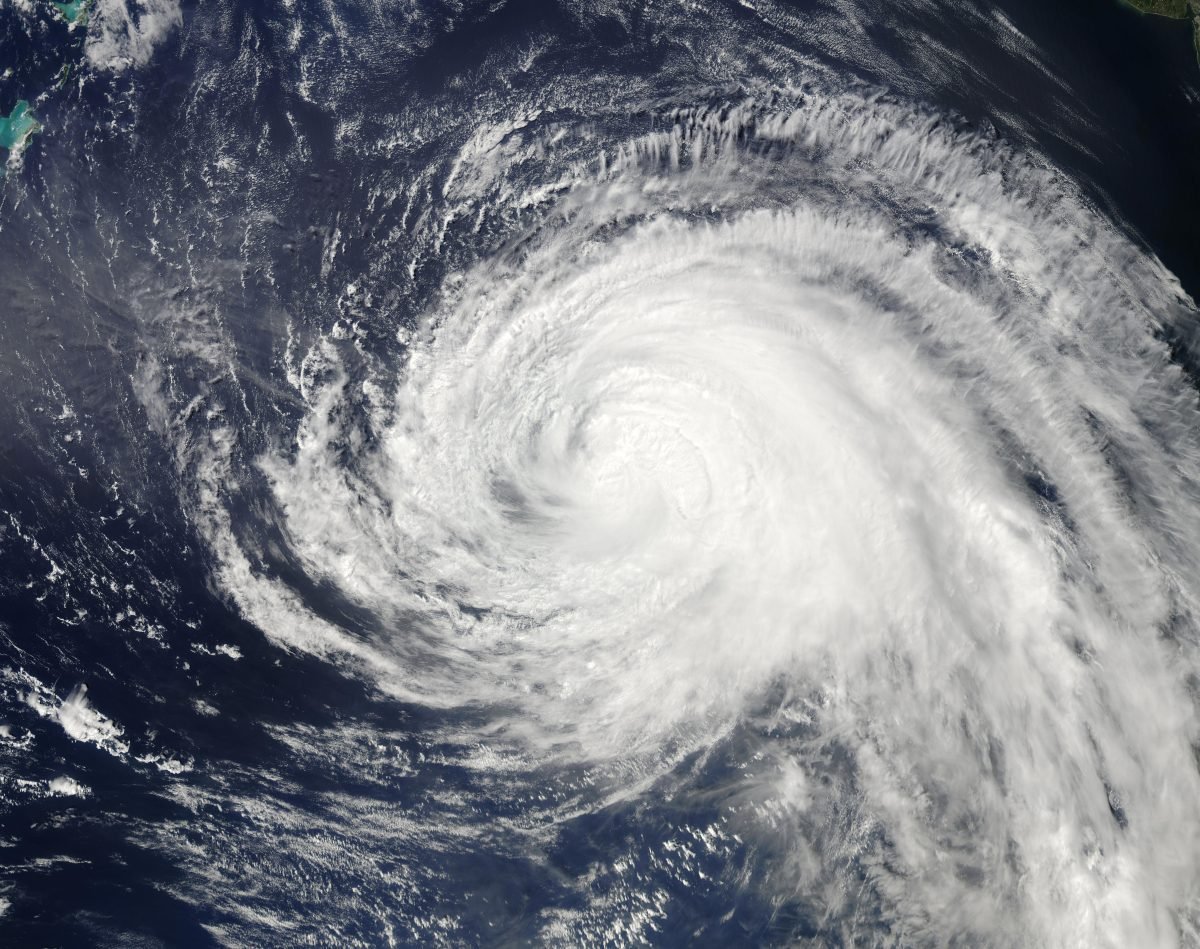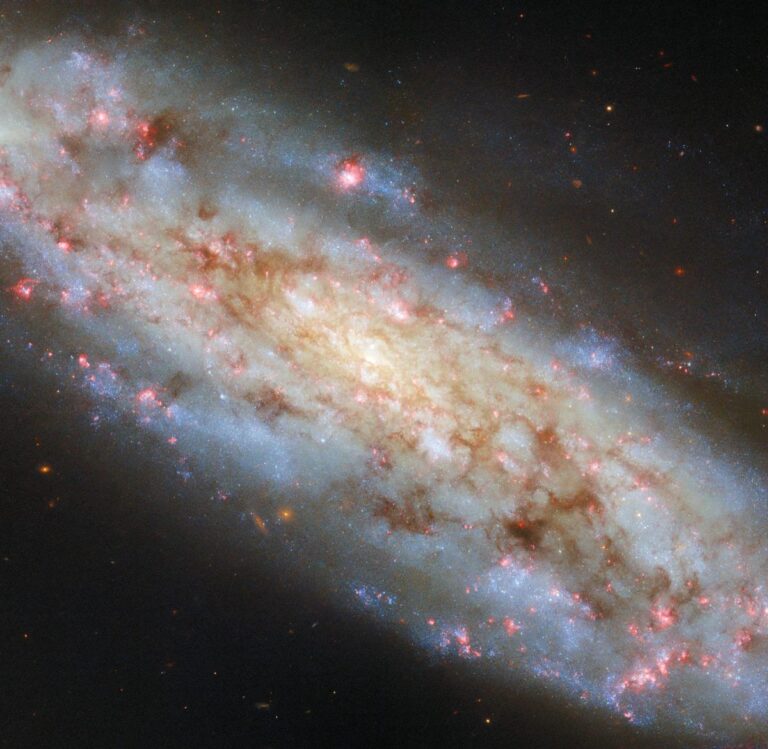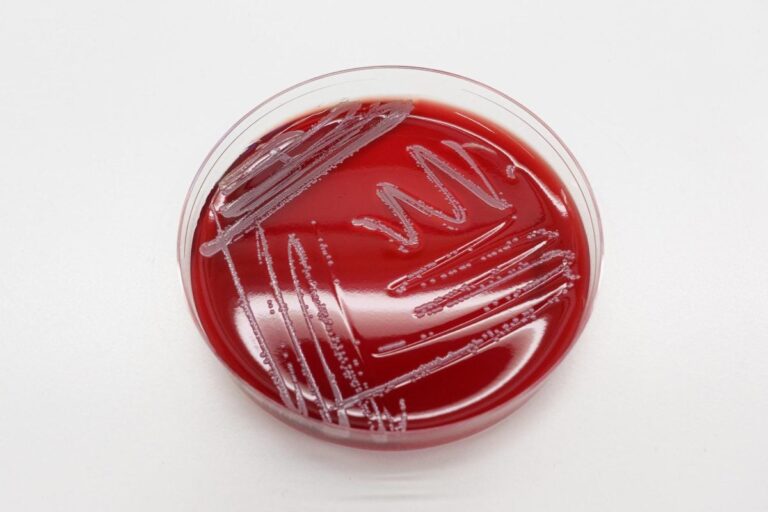Introduction
Hurricanes are known for their devastating impact on land, but their effects beneath the ocean’s surface are often overlooked. These powerful storms leave lasting scars on marine ecosystems, altering seabed structures, disrupting aquatic life, and affecting coastal environments. Understanding these underwater changes is crucial for marine conservation and climate research.
How Hurricanes Affect the Seafloor
Seabed Erosion and Sediment Displacement
The intense waves and currents generated by hurricanes stir up sediment, leading to seabed erosion and underwater landslides. This disruption can bury coral reefs, seagrass beds, and essential marine habitats, affecting biodiversity. The shifting seabed can also expose pipelines and undersea cables, posing risks to infrastructure and economic activities.
Coral Reef Damage
Strong storm surges and turbulent waters cause significant coral reef destruction. Corals, which are crucial for marine life, can be broken or displaced by hurricane-force waves, leading to long-term ecosystem degradation. Studies have shown that recovery from such damage can take decades, especially in areas where corals are already stressed by climate change and human activity.
Alteration of Ocean Currents
Hurricanes influence oceanic circulation patterns, sometimes leading to shifts in temperature and nutrient distribution. These changes can impact fish populations and plankton communities, disrupting food chains. The turbulence can also cause upwelling, bringing nutrient-rich waters to the surface, which may lead to algal blooms that can be harmful to marine ecosystems.
Coastal Habitat Destruction
Mangroves, seagrass meadows, and estuaries serve as natural buffers against storm surges. However, hurricanes can uproot these essential habitats, reducing protection for marine and coastal species. The loss of these habitats not only affects biodiversity but also increases coastal vulnerability to future storms and erosion.
Impact on Marine Life
Displacement of Marine Species: The turbulence forces fish, turtles, and other marine organisms to migrate, altering local biodiversity. Some species may struggle to find new suitable habitats, leading to population declines.
Oxygen Depletion: Storm-driven sediment can lead to hypoxic (low-oxygen) conditions, causing fish kills and ecosystem stress. This phenomenon can create “dead zones” where marine life cannot survive.
Coral Bleaching: The physical stress from hurricanes, combined with temperature fluctuations, can exacerbate coral bleaching events. When corals lose their symbiotic algae due to stress, they become more vulnerable to disease and death.
Damage to Deep-Sea Ecosystems: While much of the focus is on coastal damage, hurricanes can also impact deep-sea environments by disturbing sediment layers and disrupting deep-sea coral communities.
The Role of Climate Change
Rising global temperatures contribute to stronger and more frequent hurricanes. Warmer ocean waters fuel these storms, increasing their intensity and the extent of underwater damage. This cycle threatens marine ecosystems and coastal economies dependent on fishing and tourism. Scientists predict that if climate change continues unchecked, hurricanes will become more destructive, leading to even more severe impacts on the underwater world.
Mitigation and Conservation Efforts
Artificial Reefs: These structures help restore damaged coral ecosystems and provide refuge for marine life. By creating new habitats, artificial reefs can support biodiversity and improve ecosystem resilience.
Coastal Protection Strategies: Planting mangroves and restoring seagrass beds can reduce storm impact. These natural defenses absorb wave energy and stabilize coastlines, preventing erosion.
Sustainable Marine Policies: Implementing protective measures for at-risk marine areas ensures long-term ecosystem resilience. Establishing marine protected areas (MPAs) and enforcing fishing regulations can help safeguard vulnerable species.
Climate Action: Reducing greenhouse gas emissions is essential to slowing the rise in ocean temperatures and mitigating hurricane intensity. Global efforts to transition to renewable energy sources and reduce carbon footprints are critical for long-term marine conservation.
Marine Research and Monitoring: Advancing scientific research on hurricane impacts can help improve preparedness and response strategies. Remote sensing, satellite data, and underwater monitoring technologies play a crucial role in understanding these changes.
Conclusion
While hurricanes are natural phenomena, their intensifying effects due to climate change pose serious threats to marine environments. Understanding and mitigating the damage beneath the sea is essential for preserving biodiversity and maintaining ocean health. Conservation efforts, coupled with climate action, can help minimize these devastating impacts and protect our underwater world for future generations. By taking proactive measures, we can work towards a more resilient marine ecosystem that can withstand the challenges of a changing climate.
Hurricanes Leave Deep Scars Beneath the Sea: Unveiling the Hidden Impact

















+ There are no comments
Add yours